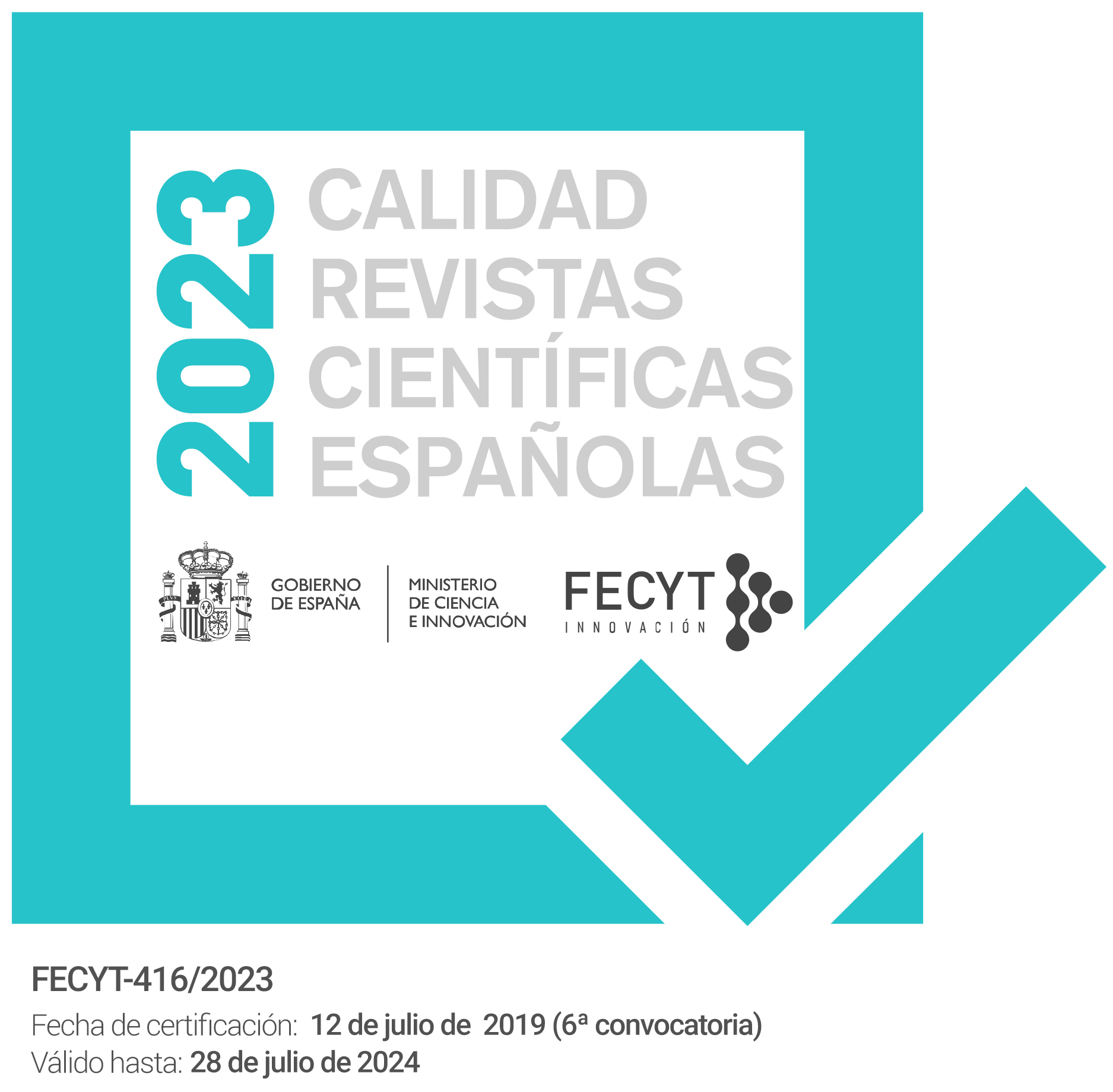Mujer y poder en la Gran Canaria Prehispánica
Keywords:
Gran Canaria, prehispánico, matriarcado, matrilinealidad, organización social, poder, prehispanic, matriarchy, matriilniality, social organization, powerAbstract
En el presente texto se reflexiona sobre el verdadero estatus de las indígenas de las isla de Gran Canaria y sus relaciones con las instancias del poder en la sociedad aborigen de los siglos previos a la conquista europea. Para ello se recurre a los datos emanados de las fuentes etnohistóricas y, en menor medida, a las aportaciones de la investigación arqueológica. Se intenta demostrar la precariedad de los argumentos que abogan por la existencia de una sociedad matriarcal donde las mujeres tendrían un destacado papel. También se sugiere la probabilidad de que los sistemas de que organización familiar y de herencia no fueron estrictamente iguales en las distintas clases sociales.
In the present paper, the true status of indigenous women from Gran Canaria island is questioned. It is also discussed the nature of their relationships with the power institutions of the aboriginal society during the previous centuries to the European conquest. Ethnohistoric documents as well as archaeological research are the miain sources of this study. It is tried to show the weakness of the arguments upholding the existence of a matriarchal society in which women had a prominent role. It is also suggested the probability of that every social class had not strictly similar family organization or heredity laws.
Downloads
Downloads
Issue
Section
License
The articles are open access distributed under the terms of the Creative Commons Attribution-NonCommercial-NoDerivatives (CC BY-NC-ND) Spain 4.0 license. Authors who publish in this journal agree with the following terms:
a) Authors retain the copyright and guarantee the journal the right to be the first publication of the work as well as licensed under a Creative Commons Attribution License that allows others to share the work with a recognition of the authorship of the work and the Initial publication in this magazine.
b) Authors may separately establish additional agreements for the non-exclusive distribution of the version of the work published in the journal (for example, place it in an institutional repository or publish it in a book), with recognition of its initial publication in this magazine.
c) Authors are allowed and encouraged to disseminate their work electronically (for example, in institutional repositories or on their own website) before and during the submission process, as it may result in productive exchanges, as well as a earliest and largest citation of published works (See The Effect of Open Access).



